E. Jakeman, K. D. Ridley0750310057, 9780750310055, 9781420012163
Table of contents :
Modeling Fluctuations in Scattered Waves……Page 3
Preface……Page 5
Acknowledgments……Page 9
Authors……Page 10
Contents……Page 11
1.2 Random Variables……Page 16
1.3 Transformation of Variables……Page 19
1.4 Wiener-Khinchin Theorem……Page 22
1.5 The Karhunen-Loeve Expansion……Page 23
1.7 Characteristic Functions and Generating Functions……Page 25
1.8 Detection……Page 26
References……Page 29
2.2 Independent Gaussian Variables……Page 32
2.3 Correlated Gaussian Variables……Page 33
2.4 Higher-Order Correlations……Page 34
2.5 Gaussian Processes……Page 35
2.6 Complex Gaussian Processes……Page 37
2.7 Joint Statistical Properties……Page 38
2.8 Properties of the Derivative of a Complex Gaussian Process……Page 43
2.9 Joint Phase Derivative Statistics……Page 46
References……Page 50
3.2 Rice Variables……Page 51
3.3 Rice Processes……Page 54
3.4 Gamma Variables……Page 56
3.5 Gamma Processes……Page 58
3.6 Statistics of the Derivative of a Gamma Process……Page 60
3.7 Compound Variables……Page 61
3.8 Other Commonly Encountered Distributions……Page 63
References……Page 67
4.2 The Incident Wave……Page 68
4.3 Moments of the Field Scattered by a Fixed Number of Small Particles……Page 70
4.4 The Probability Distribution of the Scattered Wave……Page 73
4.5 Variations in Step Length: Illumination by a Gaussian Beam……Page 77
4.6 The Effect of Variations in Step Number……Page 78
4.7 Intensity Correlation……Page 81
4.8 Partially Developed Speckle……Page 88
References……Page 93
5.1 Introduction……Page 95
5.2 Scattering Geometries……Page 97
5.3 Time-Dependent Scattering……Page 99
5.4 Scattering into the Fresnel Region……Page 100
5.5 Fraunhofer Scattering……Page 104
5.6 Scattering in Non-Gaussian Regimes……Page 107
5.7 Surface Scattering……Page 108
References……Page 112
6.1 Introduction……Page 114
6.2 “Smooth” Models for the Phase Correlation Function……Page 115
6.3 Qualitative Features of Scattering by Smoothly Varying Phase Screens……Page 116
6.4 Calculation of the Scintillation Index in the Fresnel Region……Page 118
6.5 Predicted Behavior of the Scintillation Index in the Fresnel Region……Page 122
6.6 Higher-Order Statistics in the Fresnel Region……Page 124
6.7 Spatial Coherence Properties in the Fresnel Region……Page 126
6.8 Calculation of the Scintillation Index in the Fraunhofer Region……Page 127
6.9 Predicted Behavior of the Scintillation Index in the Far Field……Page 131
6.10 Higher-Order Statistical Properties in the Far Field……Page 133
6.11 Coherence Properties in the Far Field……Page 134
6.12 Phase Statistics……Page 139
References……Page 142
7.1 Introduction……Page 144
7.2 Scattering into the Fresnel Region by a Fractal Phase Screen……Page 146
7.3 Scattering into the Fraunhofer Region by a Fractal Phase Screen……Page 152
7.4 Subfractal Phase Screens……Page 154
7.5 Ray Density Fluctuations beyond a Subfractal Phase Screen……Page 157
7.6 Coherence Properties of the Intensity Beyond a Subfractal Screen……Page 159
7.7 Outer Scale Effects……Page 161
7.8 Scattering into the Fraunhofer Region by a Subfractal Screen……Page 164
7.9 Concluding Remarks……Page 167
References……Page 169
8.1 Introduction……Page 171
8.2 Scattering by Smoothly Varying Gamma Distributed Phase Screens……Page 172
8.3 Scattering by Fractal Gamma Distributed Phase Screens……Page 174
8.4 Telegraph Wave Phase Screens……Page 176
8.5 Scattering by Telegraph Wave Phase Screens……Page 179
8.6 Phase Statistics……Page 183
8.7 Concluding Remarks……Page 184
References……Page 185
9.2 Single Phase Screen Approximation……Page 187
9.3 Power-Law Models for the Refractive Index Spectrum……Page 189
9.4 Multiple Phase Screens……Page 192
9.5 Propagation of Electromagnetic Waves through Turbulence……Page 196
9.6 Intensity Fluctuations……Page 199
References……Page 204
10.1 Introduction……Page 206
10.2 Multiple Scattering in Particulates……Page 207
10.3 Enhanced Backscattering through Continuous Media……Page 209
10.4 A Phase Screen Model for Enhanced Backscattering……Page 210
10.5 Fluctuations in Double Passage Configurations……Page 216
10.6 Multipath Near Surfaces……Page 219
References……Page 221
11.1 Introduction……Page 223
11.2 The Polarization Characteristics of Gaussian Speckle……Page 224
11.3 Non-Gaussian Polarization Effects in Scattering by Particles……Page 227
11.4 Correlation of Stokes Parameters in Particle Scattering……Page 230
11.5 Scattering from Particles Near an Interface……Page 233
11.6 Polarization Fluctuations: Particles Near an Interface……Page 235
References……Page 237
12.1 Introduction……Page 239
12.2 Experimental Evidence……Page 240
12.3 A Population Model for Scatterer Number Fluctuations……Page 243
12.4 Properties of Scattered Intensity……Page 247
12.5 Related Distributions……Page 248
12.6 Statistical Mechanics……Page 250
References……Page 252
13.1 Introduction……Page 254
13.2 Temporal Averaging of a Gamma-Lorentzian Process……Page 255
13.3 Approximations for the Effect of Temporal and Spatial Integration……Page 256
13.4 Averaging Signals with More than One Scale……Page 258
13.5 Enhancement of Fluctuations Caused by Filtering……Page 259
13.6 The Effect of Finite Dynamic Range……Page 260
13.7 The Effect of Finite Measurement Time……Page 263
13.8 Noise in Frequency Demodulation……Page 267
13.9 Detection……Page 268
13.10 Quantum Limited Measurements……Page 273
References……Page 278
14.2 The Transformation of Random Numbers……Page 280
14.3 Gaussian Random Numbers……Page 281
14.4 The Telegraph Wave……Page 282
14.5 The Gaussian Random Process……Page 283
14.6 Non-Gaussian Processes……Page 291
14.7 Simulation of Wave Propagation……Page 296
14.8 Multiple Phase Screens……Page 300
References……Page 303
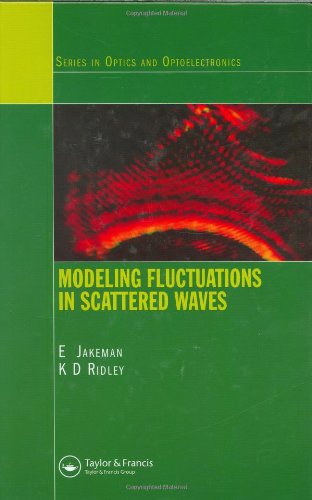
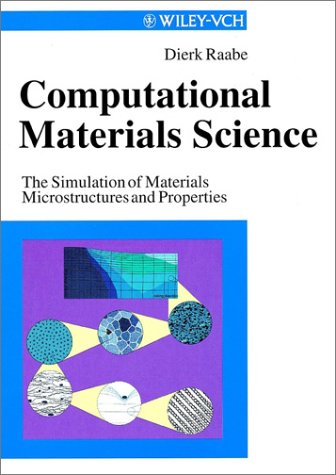

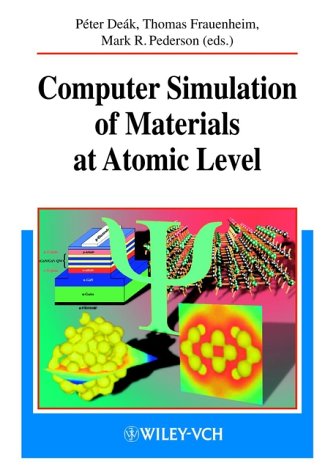
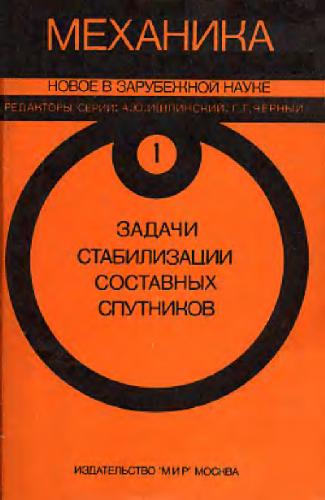
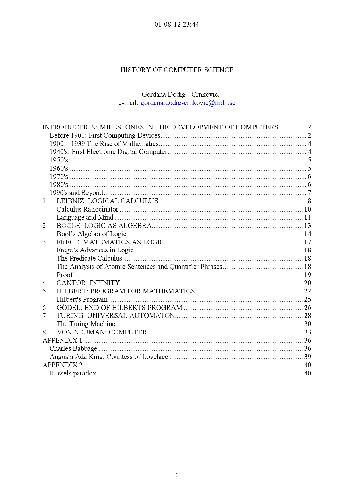
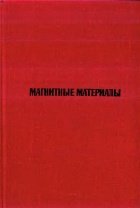
Reviews
There are no reviews yet.